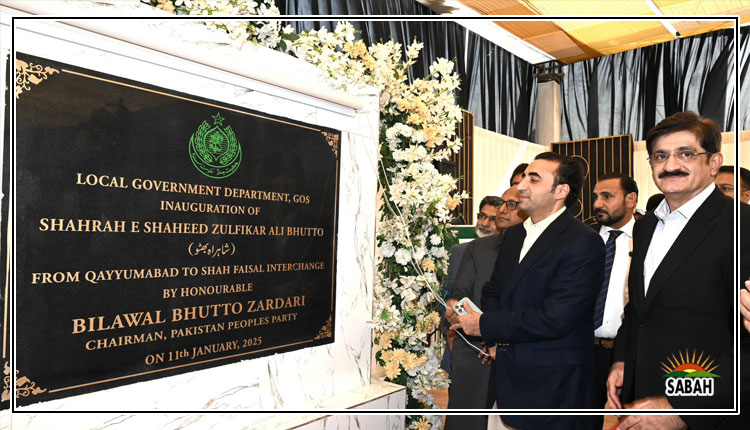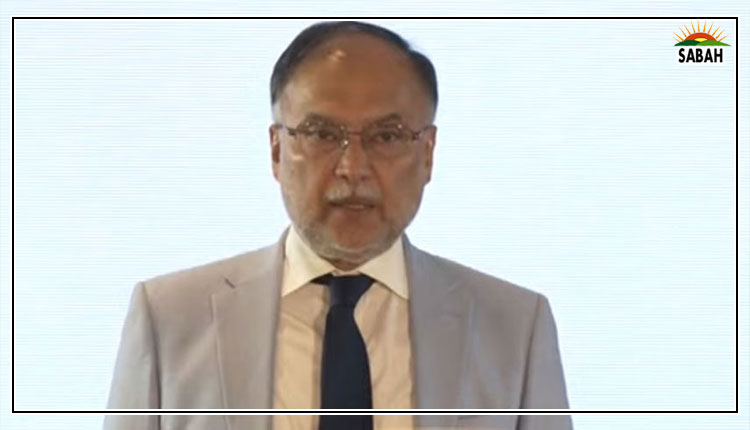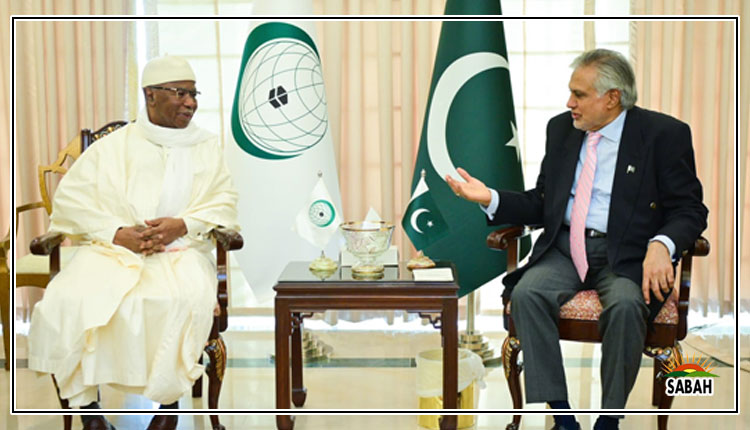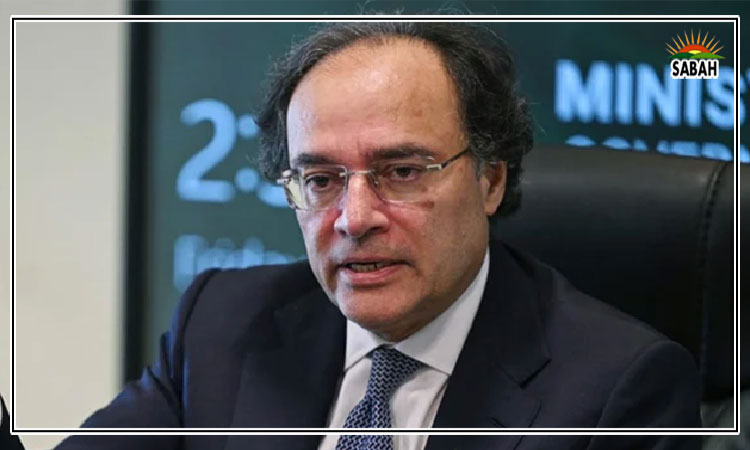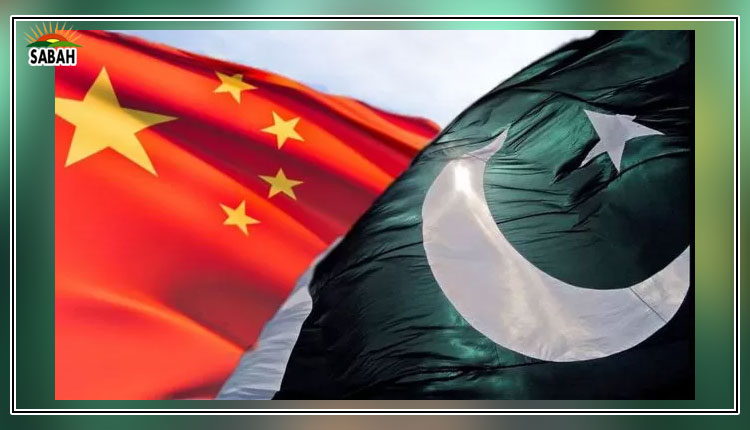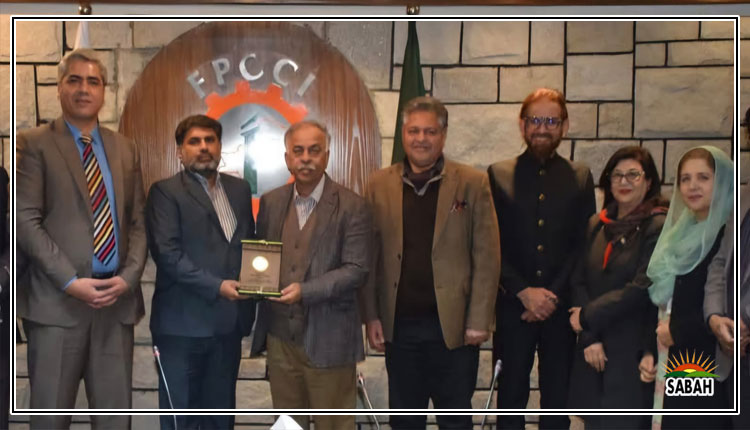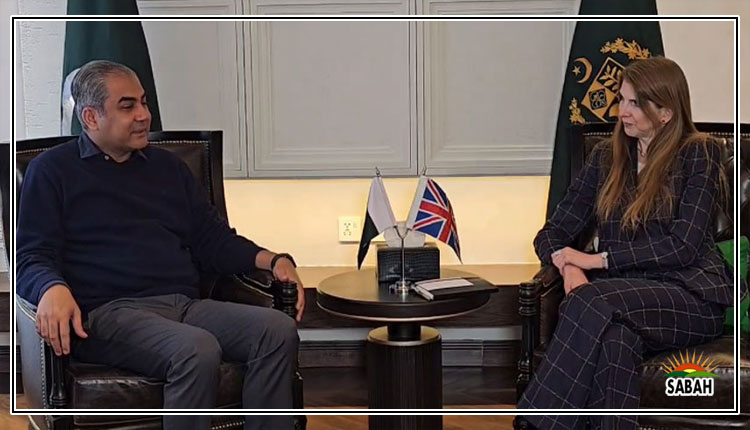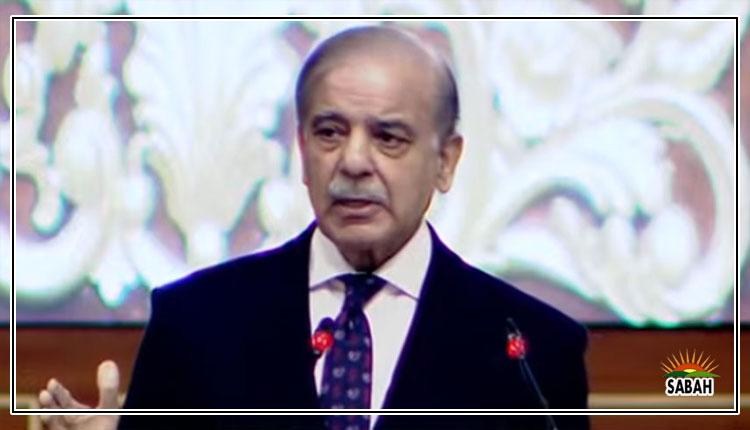Desperate need for divine help?…Jawed Naqvi
THE legend of Hindu deity Ram straddles the geographical stretch from the Caspian Sea to Southeast Asia and beyond. There are myriad lores and countless tellings of the ancient narrative. That many such legends are being pulped or have been airbrushed has a political purpose.
It doesnt help Hindutva that Ram has been worshipped in different ways or that his name surfaces to the accompaniment of lament and exhilaration in folk music. I lost my precious pearl around here, O Rama. Help me find it, or Ill die of grief. So goes a beautiful kajri sung by Rasoolan Bai.
Muslim actors in Indonesia are applauded daily for enacting the stories of Ramayana with a fusion of poetry and music. Ancient Hindu temples abut Buddhist meditation centres on the island of Java where most citizens are otherwise Muslim, many with names suggesting a Hindu link, the former president Megawati Sukarnoputri, for example.
An edge Hinduism had over other religions was its malleability and cross-cultural reach. Burqa-clad Muslim women thronged movie halls in Lucknow, whenever the Parsi filmmaker Homi Wadia released his new story of Ram and Sita. The spiritual baba in the neighbourhood temple smoked the chillum most evenings in the company of curious college students of different religions and assorted sadhus bathed in sacred ash. Every flame leaping from the smouldering marijuana was dedicated to Lord Shiva. Bambam Bhole, went the chorus.
In modern India, as in other enlightened nations, matters of faith were deemed non-justiciable. Nobody asked a judge if God existed. Nor could courts claim to have the answer, anyway. There are countries with Sharia courts and other religious equivalents where matters of law are interpreted in the light of religion.
The Indian constitution accords enough leeway to believers and agnostics alike. The corpus of Hinduisms multi-layered beliefs would lack heft without the nastikas or the naysayers of ancient India who enjoyed the same respect with the masses (or notoriety with the elite) that Socrates commanded in his sphere of influence by questioning the supremacy of the priestly class.
The late Justice Haider Abbas investigated the temple-mosque row in Ayodhya for several years at the Lucknow Bench of the Allahabad High Court. He shared a nugget with me shortly before fellow judges decided otherwise. The case in Ayodhya could only be tackled as a land dispute, with the help of registered documents, Justice Abbas had believed with an air of staunch neutrality.
Eventually, the Supreme Court, headed by a chief justice on the eve of his retirement (and days before he would be made a member of parliament in the upper house) handed the verdict in favour of those that had violently opposed its orders against destroying the Babri Masjid. Since the secular courts werent supposed to offer views about deities as real people, how should the state position itself in the debate?
Indeed, in another context, the Manmohan Singh government was asked for its opinion by the Supreme Court. The straightforward answer that any secular government would give was given. It said it was not aware of any historical person like Ram. The BJP pounced on the government, accusing it of blasphemy. Its an invention in Hinduism the hitherto Semitic idea of blasphemy.
In Hinduism where goddess Durga is worshipped as a slayer of the demon Mahishasur, there are communities that worship Mahishasur as their hero. Likewise, Raavan is worshipped in parts of India and shunned as a villain in others. Many Hindus see Sita as the star of Ramayan, not Ram. Imagine a modern court in Athens pondering the question whether Zeus existed, worse, if he still rules the world as the king of gods.
The opposition should interpret Modis perceived need for divine assistance as a sign of desperation.
Be that as it may, the million-dollar question today is whether Lord Ram would intervene on behalf of Prime Minister Modi to give him a third term in office with elections due in May?
The answer hinges on the trust the newly minted INDIA alliance reposes in stark facts, as against mythology. If INDIA partners focused on the pattern of the votes cast in the Faizabad Lok Sabha constituency in the general elections in 2019, for example, they would have to do something very foolish not to win back the seat from the BJP.
The BJPs Lallu Singh won 48.60 per cent votes in that contest. Whereas the opposition Samajwadi Partys Anand Sen Yadav came second with 42.64pc. The Congress was a distant third with 4.91pc votes. Faizabad Lok Sabha constituency includes Ayodhya, deemed the launchpad for Mr Modis third term. His glitzy inauguration of the Ram temple on January 22 is calculated to fetch him political bonanza.
Should Lord Ram still not help Modi, for reasons more earthy than ephemeral, it would not be on account of the leader not trying. His party did what it knows best to win power, by hook or by crook. It mocked the Supreme Courts authority and paved its march on Ayodhya with human blood. Its a fallacy that all worshippers of Ram wanted the Babri mosque to be destroyed.
On November 16, 1993, Lal Das, a vocal opponent of Hindutva, was shot dead just 20km from Ayodhya. In 1981, Das was appointed by the court as the head priest of the disputed Ram Janmabhoomi temple located under the central dome of the Babri Masjid. A votary of syncretic traditions of Awadh, Das rejected the Ram temple movement as a ploy to garner Hindu votes. He spoke instead of how many temples in Ayodhya were built with the aid of the Muslim rulers of Awadh.
This and the fact that the BJP received just 37.36pc of the votes in 2019 to win 303 seats should encourage Indias opposition partners. They should see Modis need for divine help as desperation, and their own possibility of victory as anchored by a simple headcount.
Courtesy Dawn


